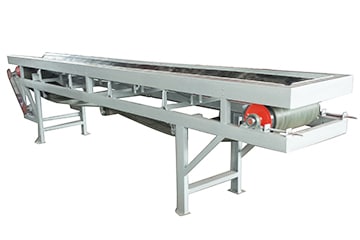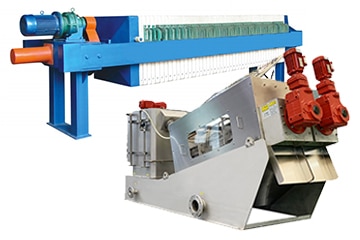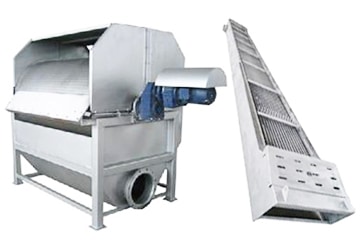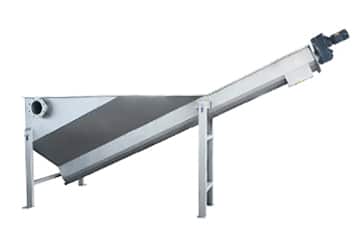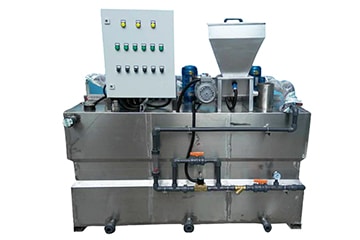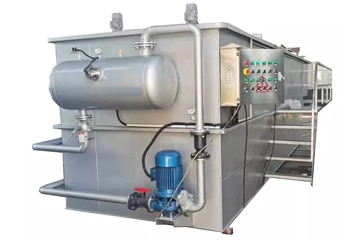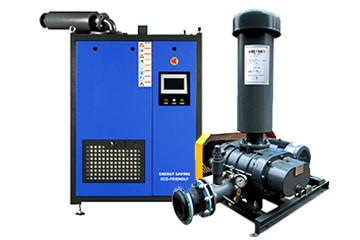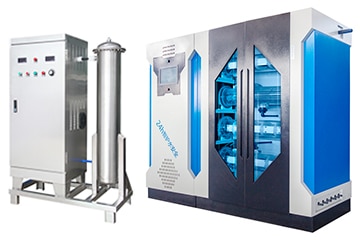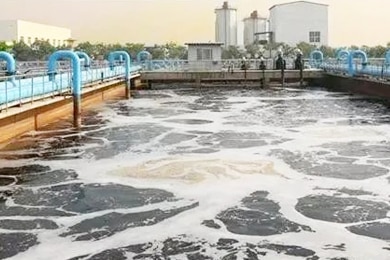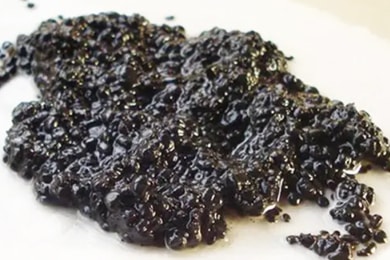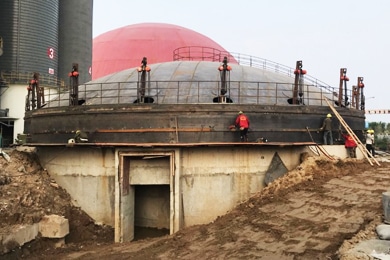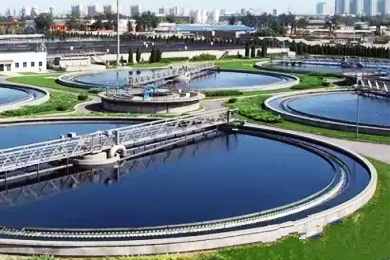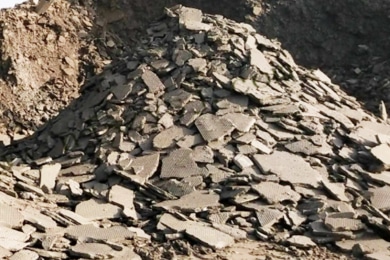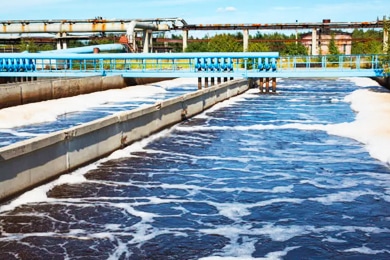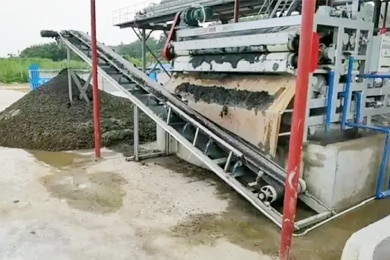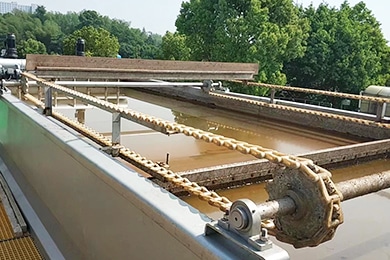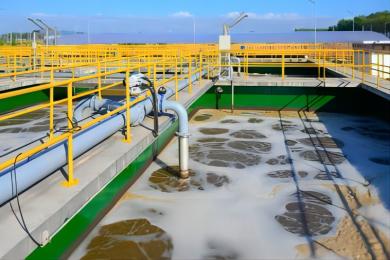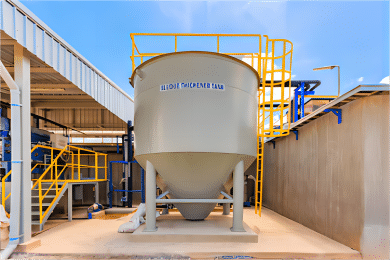Sludge Conveyor
Sludge conveyor is a special equipment for conveying sewage sludge, which is widely used in sewage treatment plants, industrial wastewater treatment sites and so on. Its main function is to convey sludge from one location to another, such as conveying sludge from a settling tank to a sludge dewatering machine, or conveying dewatered sludge to a shipping vehicle.
Sludge conveyor components
- Driving mechanism: including motor, reducer, transmission shaft, etc., providing power for the rotation of the screw conveyor.
- U-trough and bracket: U-trough is a container for sludge, and the bracket is used to support the U-trough.
- Shaftless screw: composed of screw blades and connecting shaft, it is the main component for conveying sludge.
- Liner: installed in the U-channel, there is a certain gap between it and the screw blade, used to reduce friction and wear.
- Cover plate: Covered above the U-trough to prevent sludge from splashing.
- Inlet and outlet: for sludge entering and leaving the conveyor respectively.
- Fasteners: used to connect the parts.
Sludge conveyor types
- Shaftless screw conveyor: the most commonly used type of sludge conveyor, not easy to be clogged as there is no center shaft passing through the U-trough.
- Shaft screw conveyor: simple structure, cheap, but easy to clog.
- Scraper conveyor: suitable for conveying sludge with high viscosity.
- Chain belt conveyor: suitable for conveying sludge with long distance.
Selection of sludge conveyor
- Nature of sludge: including viscosity, water content, particle size of sludge, etc.
- Conveying distance and conveying capacity.
- Installation environment: including site conditions, explosion-proof requirements, etc.
Precautions for the use of sludge conveyor
- Regular inspection and maintenance, timely detection and troubleshooting.
- Overloading operation is prohibited.
- It is strictly prohibited to carry out cleaning or maintenance work when the conveyor is running.
- Sludge conveyor is an important part of sewage treatment system, and the reliability and stability of its operation directly affects the efficiency and effect of sewage treatment. Therefore, the management and maintenance of the sludge conveyor should be strengthened to ensure its normal operation.
Applications
Wastewater treatment plants
- Conveying sludge from settling tanks or primary settling tanks to sludge thickening tanks.
- Convey sludge from thickening tanks to sludge dewatering machine.
- Convey the dewatered sludge to the final treatment or disposal facility.
Industrial wastewater treatment site
- Convey sludge from sedimentation or neutralization tanks to sludge thickening tanks.
- Convey sludge from thickening tanks to sludge dewatering machine.
- Convey the dewatered sludge to the final treatment or disposal facility.
Other sites
- Treatment of sludge generated from power plants, paper mills, food processing plants and other industries.
- In sludge biogas project, conveying sludge to biogas digester.
- In sludge composting project, conveying sludge to composting site.


